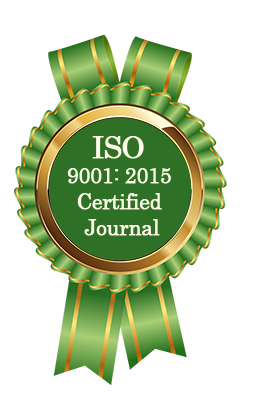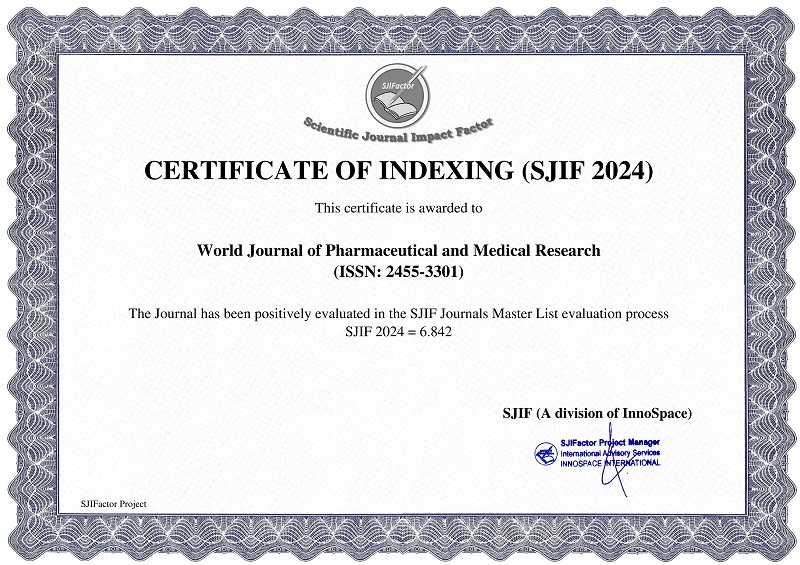QUALITY BY DESIGN (QBD) IS NOVEL APPROACH FOR RISK ASSESSMENT OF ORAL LIQUID FORMULATIONS
Prashant Deore* and Dr. Jayesh Dwivedi
ABSTRACT
Quality by design (QbD) is employed to develop generic formulations that are therapeutically equivalent to the reference product. The initial formulation quality target product profile (QTPP) was established by considering the properties of the drug substance, conducting a literature survey, characterizing the reference product, and taking into account the reference product label and the intended patient population. The identification of critical quality attributes (CQA's) was determined by considering the safety and efficacy of the product. Our research during the development of pharmaceuticals focused on the CQA's that could be affected by a realistic alteration to the drug product formulation or manufacturing process. For the test product, these CQA's included appearance, pH, viscosity, sedimentation rate, dissolution, uniformity of dosage units, related substances, assay and preservative content for liquid oral formulations. Risk assessment is employed throughout the development process to identify variables that may pose a high risk to the formulation and process. This helps determine the required studies to gain a comprehensive understanding of the product and process, enabling the development of an effective control strategy. Each risk assessment is revised after development to capture the decreased level of risk due to our enhanced product and process understanding. This new approach to drug development offers flexibility and efficiency, providing important benefits from a business perspective throughout the entire product's life cycle. By implementing quality by design (QbD), continual improvement can be achieved as it provides a systematic approach to product and process development.
[Full Text Article] [Download Certificate]



